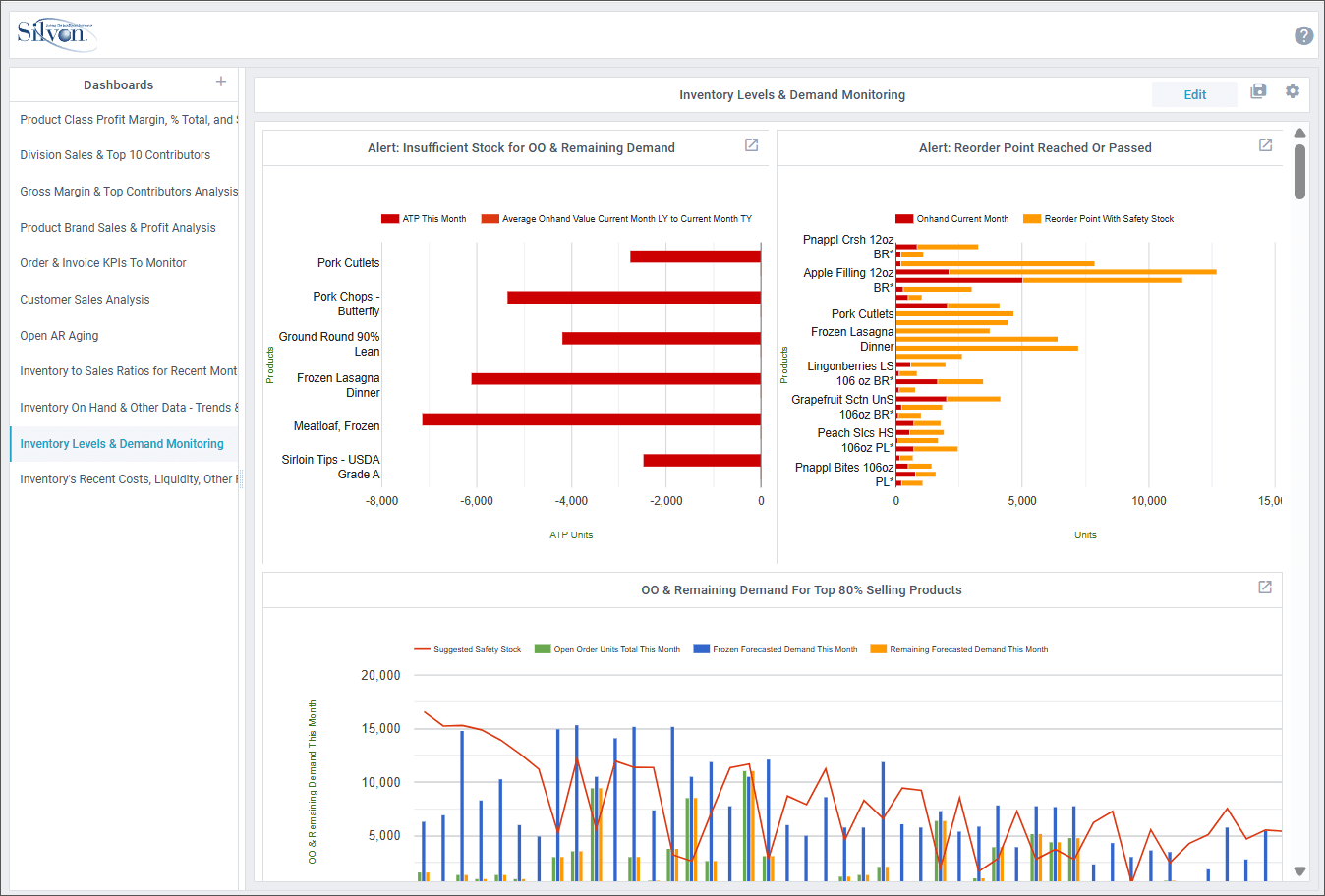
Your ERP, CRM, and planning tools each contain valuable information — but without a unified view, you’re stuck piecing together reports manually. In this guide, we answer the most common questions about integrating and aligning data from these systems for clearer insights and better decisions.
Why is unified data important for reporting and analysis?
Without unified data:
- Sales, operations, and finance use different reports and metrics
- It’s hard to spot performance gaps or forecast accurately
- Manual effort increases, and errors creep in
When your ERP, CRM, and planning tools work together, you gain:
- One version of the truth
- 360° visibility into customers, operations, and plans
- More accurate KPIs and actionable insights
Why is it so hard to combine data from ERP, CRM, and planning tools?
Each system is:
- Built for a specific purpose (e.g., ERP for transactions, CRM for customer interactions)
- Structured differently
- Maintained by different teams
That means:
- Data formats don’t match
- Terminology isn’t consistent
- Metrics like “customer,” “order,” or “inventory” may mean different things across systems
What’s needed to unify this data?
To effectively unify ERP, CRM, and planning data, you need:
- Data Integration
- Connect systems through APIs, files, or direct links
- Extract data on a recurring basis
- Data Harmonization
- Map and align fields (e.g., customer names, product SKUs)
- Translate business logic (e.g., sales rep assignments, forecast buckets)
- Data Storage
- Use a central repository or data hub to stage, transform, and store aligned data
- Governance & Context
- Define standard metrics and business rules
- Apply security and access controls by role
How does Stratum unify ERP, CRM, and planning data?
Silvon’s Stratum platform was built for this exact purpose. It:
- Connects to ERP, CRM, spreadsheets, forecasting tools, and more
- Automatically cleans, maps, and aligns key fields and hierarchies
- Stores historical snapshots and time-aware metrics
- Presents unified data in dashboards, KPIs, and exception reports
- Makes trusted data accessible via Excel, Power BI, and Stratum’s own web UI
With Stratum, everyone — from the shop floor to the C-suite — works from the same version of the truth.
What kinds of insights can you get with unified data?
- Once unified, you can answer questions like:
- What’s the sales forecast vs. actual by customer segment?
- Are my top customers getting shipments on time?
- Do planned production volumes align with current demand trends?
- How does CRM opportunity data translate to expected revenue by product line?
What’s the difference between a data hub and a data lake?
| Feature | Data Hub (e.g., Stratum) | Data Lake |
|---|---|---|
| Focus | Business reporting & analysis | Raw data storage |
| Structure | Organized, governed | Unstructured |
| Users | Analysts, business users | Data scientists, engineers |
| Outcome | Trusted dashboards & KPIs | Custom analytics & exploration |
Stratum acts as a business-ready data hub — not just a storage layer.
How long does it take to get up and running?
Unlike building a solution from scratch, Stratum accelerates the process with:
- Prebuilt data connectors
- Industry-aligned KPIs
- A proven onboarding framework
- Dedicated support for data mapping and validation
Typical Stratum clients are live within weeks — not months.
What’s the first step?
Start by identifying:
- Your top 2-3 data sources (ERP, CRM, Planning)
- The KPIs and reports you want to improve
- Where manual work or inconsistencies are happening
Then connect with Silvon to:
- Assess your data landscape
- Get a tailored demo
- Explore how Stratum can unify your data environment
- HOME
- Intro to Silvon and Stratum
- Stratum Data Hub & Analytics
- Data Hub
- Packaged BI
- Planning & Forecasting
- Resources
- Services & Support
- Customer Education